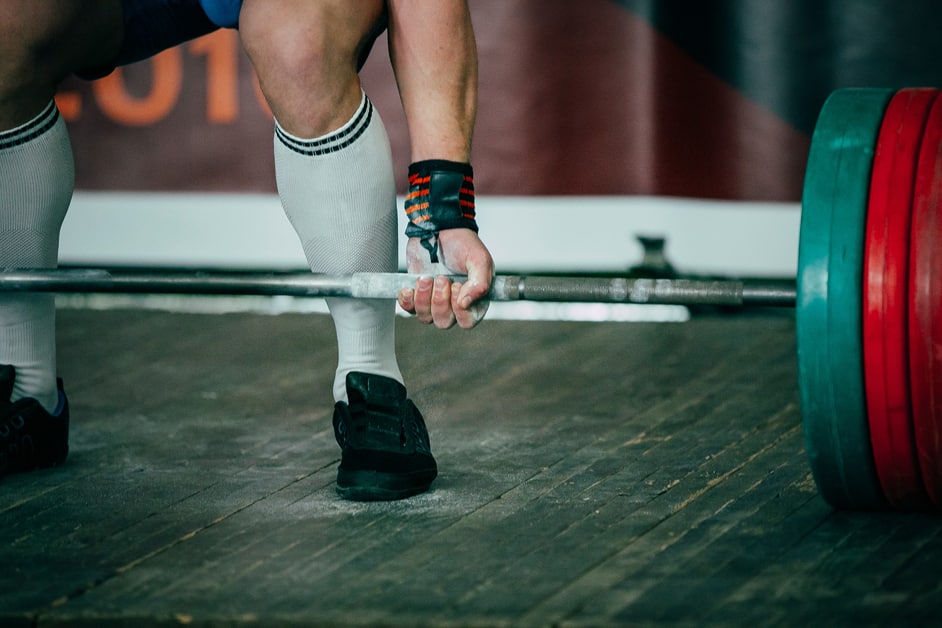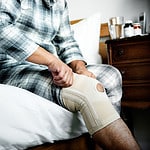Introduction
The single-leg deadlift is a great way to strengthen your hips and improve knee stability. Balance, posture, and core stability benefit too! It’s an effective exercise for your glutes, hamstrings, quads, hips and core muscles. Plus, it increases your range of motion and coordination.
Let’s explore the details to learn how to do it and its advantages:
Benefits of the Single-Leg Deadlift
The single-leg deadlift is great for strength and stability in the hips, glutes, and ankle. It gives you balance, adds core stability and increases hip mobility. Plus, research shows it can help protect against knee injury.
You don’t need much to do it. As your skill increases, add weights. Doing the movement helps you properly use leg muscles for plyometrics or heavy lifting.
In the end, it’ll give you control over lower body movements, which can help your performance in any activity that needs agility, balance and power.
Preparation
The single-leg deadlift is awesome! It strengthens the hips and stabilizes the knees. Before doing it, preparation is key. This means warming up the muscles and joints. Also, set up the equipment and get the form right. Lastly, be aware of balance. Preparing properly will give the best results.
Warm-up
Before attempting a single-leg deadlift, warm up your muscles. Walk briskly for five mins and do dynamic stretches such as glute bridges and lunges. This increases blood flow and activates the nervous system.
After the warm up, do specific movement drills for the single-leg deadlift. Try the hip hinge: stand with feet shoulder-width apart and bend knees. Hinge from hips as if doing an inverted plank from standing. Keep your back flat and abs engaged.
Do activation exercises to focus on lower body stability. Try mini-band exercises or lateral hops. This improves strength and coordination. Resistance bands can also help prevent common injuries related to unilateral exercises.
Set up
Before you start a single-leg deadlift, set it up properly. Have your feet hip-width apart and aligned with or outside your shoulders. Stand in the direction you will move. Keep chest proud and core engaged.
Focus on a spot in front to help with balance. Use a rail or wall if single-side lifting is tough. Make sure posture is kept during each rep. Keep lower back flat and chin slightly tucked in.
Grasp an appropriate weight (e.g. dumbbell or kettlebell) with the primary hand (closest to the floor). Slowly bend from the hips while keeping most weight on active leg. Aim for a neutral neck position. Hold for 2-3 seconds at full extension before returning to start position.
Execution
One-legged deadlifting is awesome for building up those hip muscles and bettering knee stability. Pay attention to form when executing this move to get the best results. Here’s what you need to know: how to set up and do it right!
Step-by-step Instructions
Reap the benefits of the single-leg deadlift! It strengthens lower body muscles and improves overall performance. Here are the steps to ensure proper form:
- Stand with feet together, a slight bend in the knee.
- Lift one leg off the ground, toes pointed forward.
- Keep back flat and core muscles engaged. Hinge forward from hips until back is parallel to floor.
- Keep other leg straight out behind you. Don’t let it reach the floor.
- Hold this position for 2 seconds. Stay in control.
- Return to start position. Alternate legs after each rep.
- Rest 30 seconds in between sets. Continue or move onto other exercises.
Progressions
Single-leg deadlift – it’s a great move! It targets your hips, stabilizes your knee joints – and helps you become more athletic and agile. If you’re keen to take it up a level, there are progressions you can use. Here’s the info – check out the different progressions and how to use them correctly!
Advanced Variations
Once you’re used to single-leg deadlift movements, you can make them more complex with extra elements or items. Here are some advanced ones to try:
- Adding weight: As you get better, hold weight plates or dumbbells in the hand opposite your lifted leg.
- Instability: Do single-leg deadlifts on an unstable surface like a foam pad, BOSU ball, or balance disc.
- Single arm progressions: Modify single-leg deadlifts with one arm overhead. You can increase resistance with weights at extended arm’s length while keeping your body stable.
These advanced elements help build control and stability during functional activities. They help you build strength with increased resistance over time. But always stay safe! Happy strengthening!
Common Mistakes
Doing a single-leg deadlift is great for strengthening hips and knee stability. But, mistakes happen easily. To get the best out of this exercise, it’s important to understand the right technique. Here, we will discuss some common errors when doing this exercise:
- Not engaging the core.
- Not using the glutes.
- Not maintaining a neutral spine.
- Not keeping the knee in line with the hip and ankle.
- Not keeping the shoulders in line with the hips.
Avoiding the Common Mistakes
The single-leg deadlift is great for strength and stability. It increases squat strength and requires proper alignment. To get the most out of it, avoid common form mistakes.
- Posture and grip are important. Keep your spine neutral and chest up. Engage two fingers on each side of the bar to maintain control.
- Make sure to reach straight down and not too low. Don’t overstretch your hip flexors, hamstrings, and glutes.
- Add weight in small increments. Don’t overload yourself as it can cause injury.
- Pay attention to foot placement for balance stability. Rest the heel about 3–4” below navel level parallel with opposite shoulder line. Reach full extension during the pullup phase.
Conclusion
The single-leg deadlift is a great way to strengthen hips and boost knee stability. It also boosts balance and coordination. So, if you’re an athlete or just want to enhance joint stability, the single-leg deadlift should be a crucial part of your training.
Here, we’ll discuss the key points for this exercise:
Summary
The single-leg deadlift is a great exercise. It helps to build strength and stability in the hips. Plus, it improves knee stability, balance, coordination and increases range of motion in the hip joint.
Be sure to maintain correct posture. Keep a neutral spine throughout the movement. Don’t go too deep with it, as this could cause pain or injury.
Start with light weights. Build up to heavier weights gradually. Don’t lift too much weight initially – this could cause injury. Do 1 set of 10 reps on each side with a light weight. Increase sets and weight over time. Take rest between each set and exercise if needed.
By doing single-leg deadlifts regularly, you can strengthen your hips. You’ll also improve stability around the knee joint. All this will help towards better performance in physical activities.
Frequently Asked Questions
Q1: What is a single-leg deadlift?
A1: The single-leg deadlift is a lower body exercise that focuses on strengthening the muscles surrounding your hips and improving knee stability. The single-leg deadlift involves balancing on one leg while lifting a weight in the opposite hand. It is a great way to target the lower body muscles and help build strength and stability.
Q2: What muscles does the single-leg deadlift work?
A2: The single-leg deadlift works the glutes, hamstrings, and quads. It also works the core muscles, helping to improve balance, stability, and posture.
Q3: What are the benefits of the single-leg deadlift?
A3: The single-leg deadlift helps to strengthen and stabilize the hips, which can improve overall performance in a variety of sports and activities. It also helps to improve balance, posture, and knee stability.





